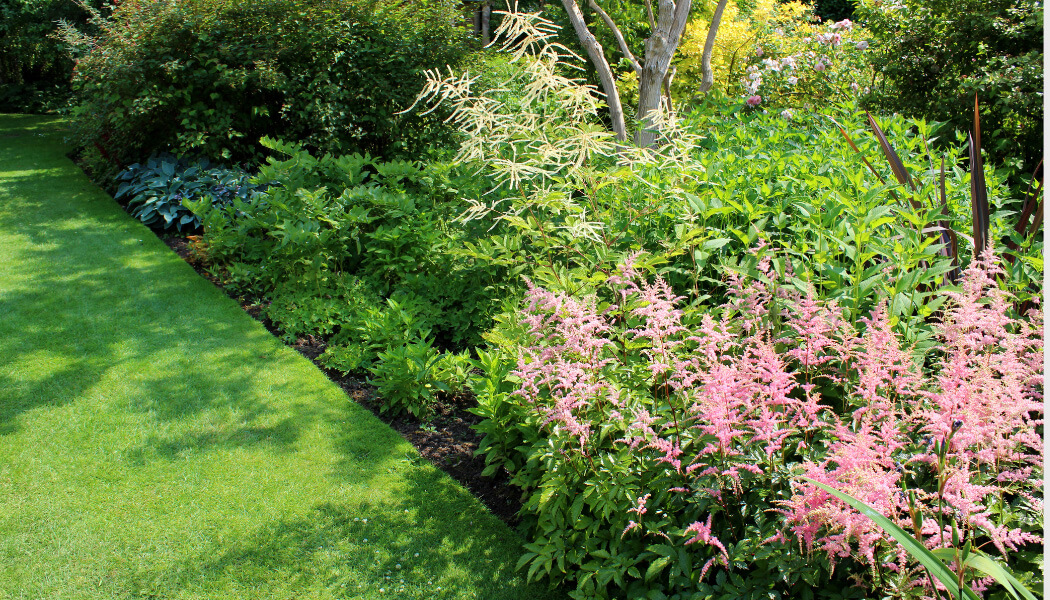As a seasoned landscaper, I know how crucial it is to maintain a sharp and well-defined edge on your lawn. It’s not just about aesthetics; edging your lawn like a pro can significantly enhance your home’s curb appeal, adding value to your property.
But I also understand how difficult this task can look to beginners. But it’s not just you; we’ve all been there. It takes time, patience, and the proper technique. In this guide, I aim to simplify this process and provide valuable tips on how to edge a lawn like a pro. Stick with me, and you’ll soon be looking at a lawn that your neighbors envy.
Why Lawn Edging Matters?
Lawn edging is more than just an aesthetic practice; it’s a crucial aspect of lawn care, contributing to a healthier and more manageable lawn.
According to the National Association of Landscape Professionals, a well-edged lawn increases your home value by about 10-15%.
Edging also serves multiple purposes:
- Grass Health: By preventing overgrown grass from invading your flower or garden beds, edging helps maintain the overall health of your lawn.
- Aesthetic Appeal: A well-edged lawn features clean lines and sharp edges that enhance your landscape’s polished look.
- Plant Protection: Edging protects your plants and flowers by creating a barrier against weeds and grass.
Choosing the Right Tools and Materials
For a successful edging job, you’ll need the following tools and materials:
- Half Moon Edger or Lawn Edger: These are manual edging tools perfect for creating straight edges.
- String Trimmer or Weed Wacker: These are ideal for maintaining edges and tackling overgrown grass. Ensure your trimmer level is set correctly to achieve the cleanest edge.
- Edging Shears: These are used for cutting grass blades that grow over the edge. Opt for a model with a cutting blade that suits your lawn’s edge.
- Spade: For removing loose soil and sod along the edge line.
- Garden Hose or Spray Paint: These will help you mark out your edge.
- Sand and Mulch: Essential to finish off the edge and retain soil moisture.
Manual vs Power Edgers: Which is the Right Tool for You?
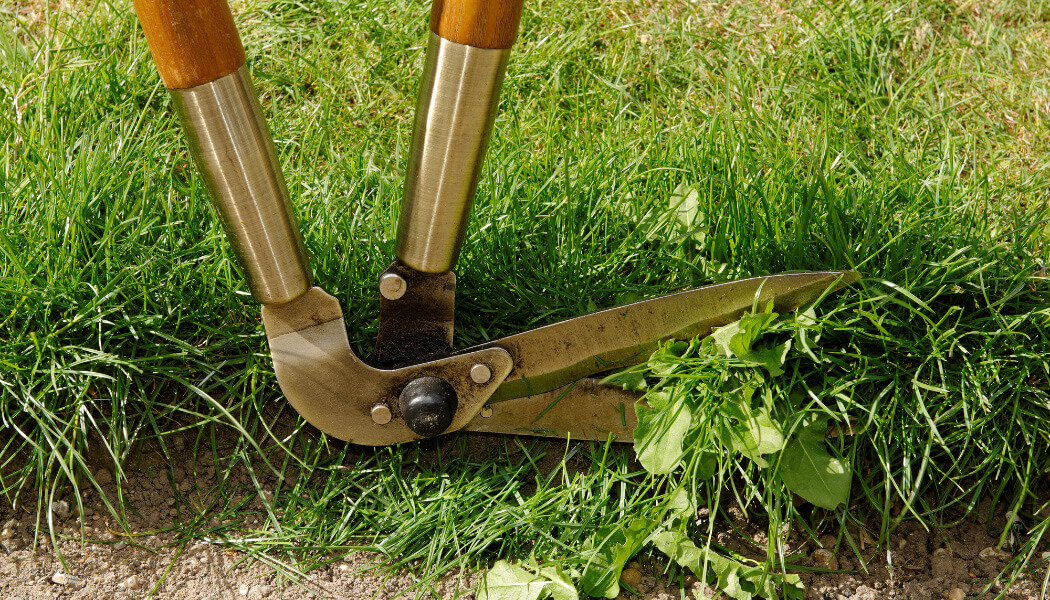
The type of edger you use will depend on the size and condition of your lawn. If your lawn is large and mostly flat, a power edger might be ideal for you as it offers faster results. On the other hand, if you have a smaller yard with tight corners or flower beds, manual edging tools are more suitable.
Preparing Your Lawn for Edging
Before you begin edging, it’s essential to prepare your lawn properly.
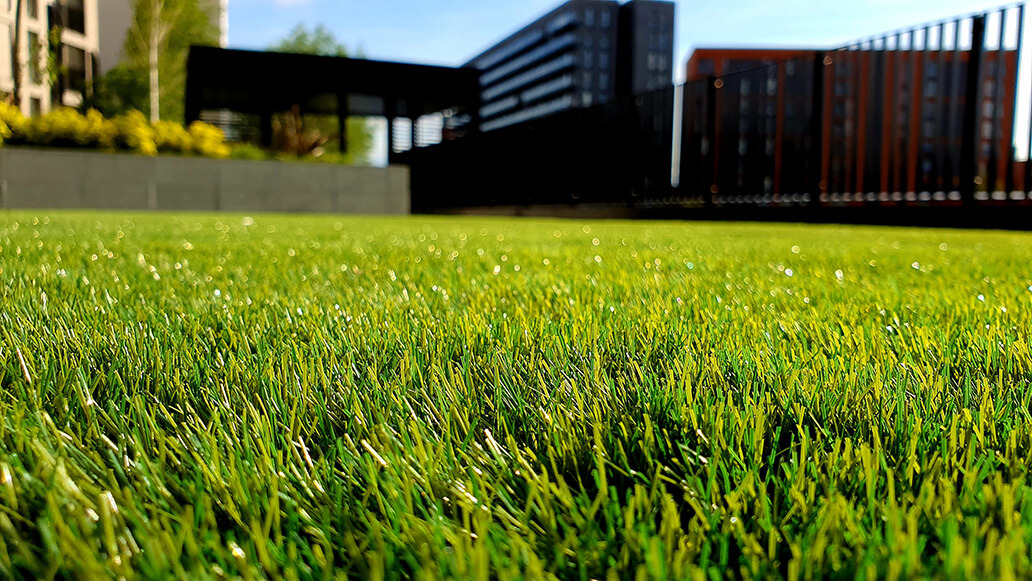
- Start by mowing your lawn to a suitable height. This will make the edging process easier and give you a clear view of where the edges should be.
- Then, use spray paint or a garden hose to mark out the line. This will ensure you get the straightest edge possible and help prevent mistakes.
- If you’re edging around flower or garden beds, be mindful of the location of underground utilities like electrical wires or plumbing pipes.
Now that we have sorted out the initial part of gathering materials and preparing your lawn, it’s time to start the job. Here are some solid tips to help you with that:
Tip #1 – Choose the Right Edging Style
When it comes to edging, you’ve got several choices, depending on your lawn type.
- Straight Edges: These are perfect for creating a clean, modern look. Use a lawn edger or string trimmer to create straight lines and right angles.
- Curved Edges: These add a soft, flowing look to your garden. You can use a manual tool or an electric edger to create these shapes.
- Natural Edges: This style lets the grass grow slightly over the edge, creating a more rustic, natural look. It requires regular trimming to maintain.
- Raised Edges: This involves building up the soil or using a physical barrier to create a raised edge. It’s great for separating your garden’s different areas and preventing soil erosion.
Tip #2 – The Right Edging Techniques and Best Practices
- Use the Right Tools: Choose a good edger, either a manual edging tool like a half-moon edger or a power edger for larger lawns. A trimmer with a deflector shield can also be handy for maintaining the lawn’s edge.
- Mark Your Edge Line: Use paint or a garden hose to mark the line before you start cutting. This helps in achieving the straightest edge and preventing errors.
- Maintain Your Tools: Keep the cutting blade of your edger sharp for a clean cut. Dull blades can tear the grass blades, leading to unhealthy turf.
- Edge Regularly: Regular edging prevents overgrown grass from creeping onto your pathways or flower beds. It also helps maintain neat edges and sharp lines.
- Clear Loose Soil: After edging, use a stiff brush to clear away loose soil. This gives your lawn edge a polished look.
Tip #3 – Maintain Straight Lines and Clean Curves

Maintaining straight lines and clean curves while edging your lawn requires precision and patience. Using a string trimmer level can help maintain a straight edge while trimming. For creating a curved edge, an electric edger or a manual tool that allows for flexibility is ideal.
Start by marking the line. This will serve as a guide when you begin to cut the edge. Remember, the goal is not to cut a deep trench but to create a defined line between your lawn and garden beds or walkways.
When creating curves, keep them gentle and gradual. Sharp turns can make mowing difficult and may not look as aesthetically pleasing. Whether you’re creating straight lines or curved edges, remember to take your time, as rushing can lead to mistakes and uneven lines.
Tip #4 – Dealing with Challenging Terrain
Edging on challenging terrain, such as slopes or uneven ground, requires extra care. In these cases, a manual edger might be the best tool for the job as it allows for greater control.
Start by marking out your line as you would on flat ground. Then, instead of trying to edge the entire line in one go, break it into manageable sections.
When dealing with slopes, it’s usually best to start at the top and work your way down, cutting into the slope rather than across it. Remember, safety should always be your priority. Consider hiring a professional if the terrain is too difficult or dangerous to edge safely.
Tip #5 – Edging Near Flower Beds and Walkways
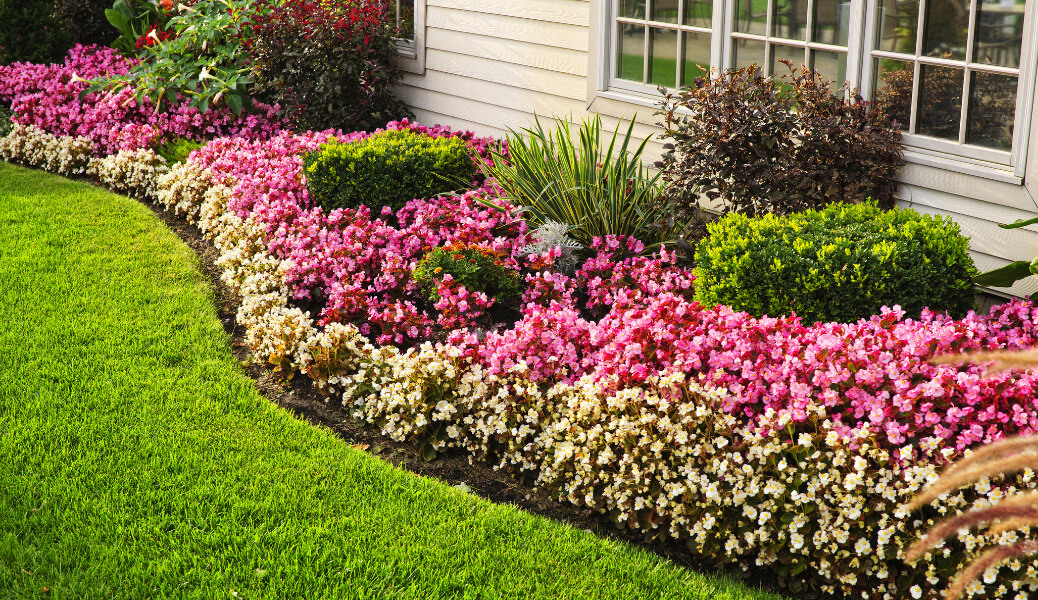
Edging your lawn near beds and walkways enhances the beauty of your property, providing a clear distinction that highlights your gardening efforts. A half-moon edger or a string trimmer can be used for this purpose. The choice between these tools depends on the type of edge you aim to create.
For straighter edges, a lawn edger is an ideal choice. To begin, mark your line. Remember, the goal is not to cut too deep but to create a distinct line separating your lawn from the beds or walkways.
A string trimmer may be more suitable if you’re dealing with curves. This tool allows for greater flexibility when creating curved edges. Just like with straight edges, mark your intended line before you begin for the best results.
Tip #6 – After-Edging Care and Cleanup
Once you’ve edged your lawn, cleaning up loose soil and grass blades is essential. Use a stiff brush to sweep away the debris, giving your lawn edge a clean, polished look. Also, inspect your tools for any wear and tear. Keep the blade of your edger sharp, as a dull blade can damage the grass and lead to unhealthy turf.
Troubleshooting Common Issues
- Uneven Edges: If your lawn edges are uneven, it could be due to a dull blade. Ensure your edger blade is sharp and replace it if necessary.
- Damaged Grass: If the grass along your lawn edge is damaged or brown, you may be cutting too deep. Adjust your edger to cut at the proper depth.
- Difficult Terrain: Slopes or uneven ground can make edging challenging. In such cases, consider using a manual edger that offers greater control.
- Overgrown Edges: Regular edging is crucial to prevent grass from growing into your beds or walkways. If you notice overgrowth, schedule more frequent edging.
Creative Edging Ideas
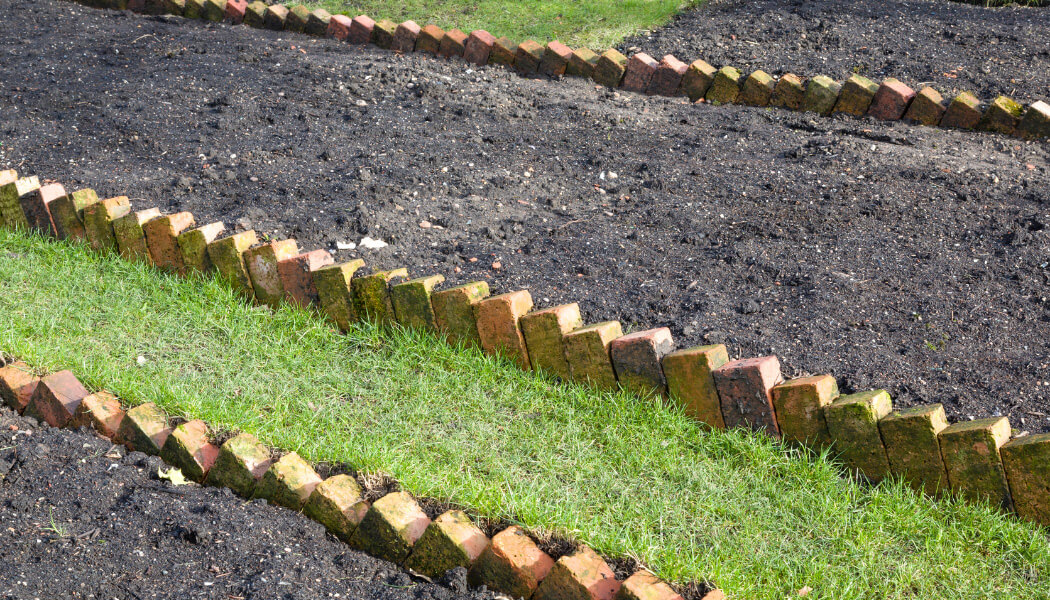
- Shape Your Edges: Instead of sticking to straighter lines, create interesting shapes with your lawn edges. Curves, zigzags, or waves can add a unique touch to your garden.
- Use Different Materials: Experiment with different materials for your edging. Bricks, stones, or even recycled items like bottles can offer a creative twist.
- Plant Borders: Planting flowers or low-growing plants along your lawn edges can create a natural, beautiful border.
- Light Up Your Edges: Consider adding solar lights along your lawn edges. Not only will this illuminate your garden at night, but it also adds a magical touch to your outdoor space.
Conclusion
In conclusion, understanding how to edge a lawn properly is vital to maintaining a neat and well-manicured outdoor space. It enhances your property’s curb appeal and serves as a barrier preventing overgrown grass from invading beds and walkways. Navigating challenging terrain, maintaining straight lines, and managing after-edging cleanup are all integral components of this process.
Moreover, introducing creativity into your edging with innovative shapes, materials, and lighting can truly make your lawn unique. Thus, with patience, precision, and regular care, you can master the art of lawn edging and keep your outdoor space looking its best.

